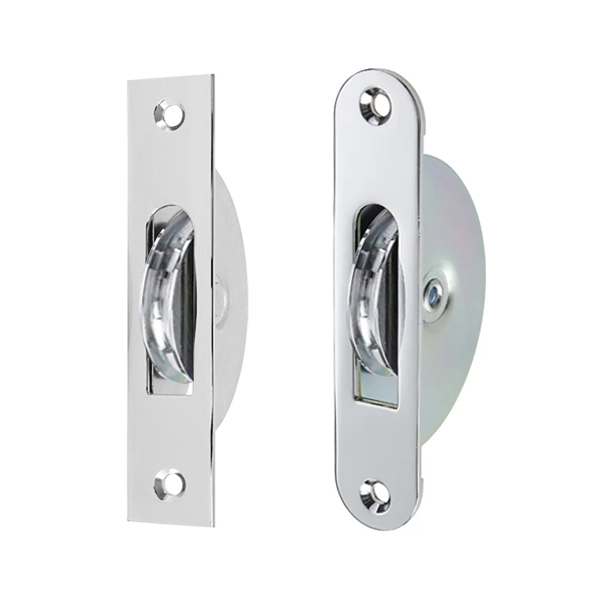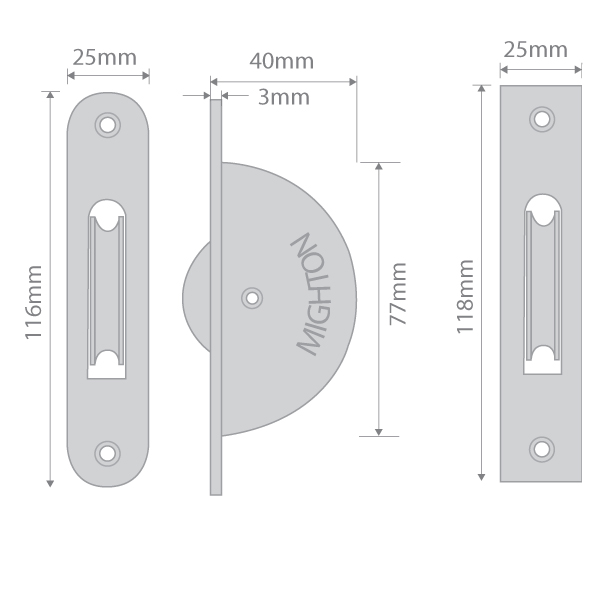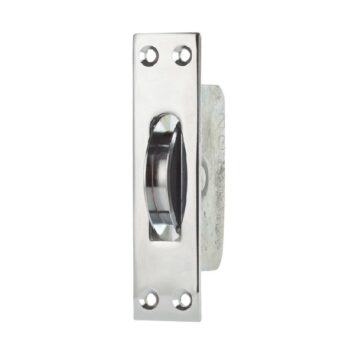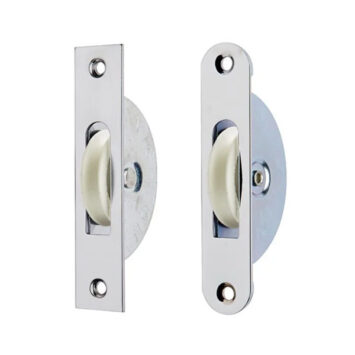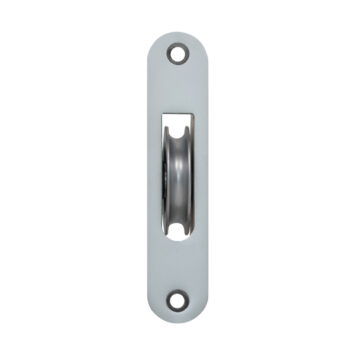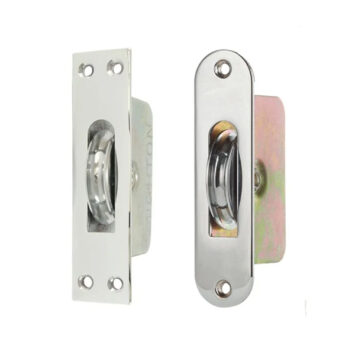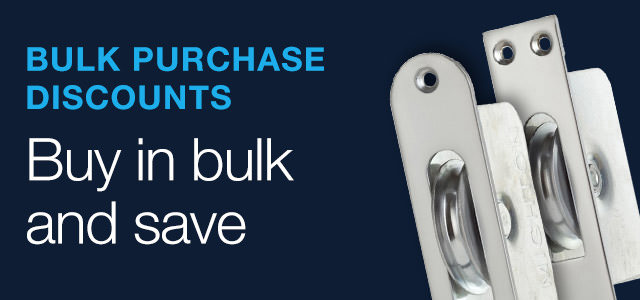Description
Mighton’s high-quality sash pulleys. With hundreds of thousands out in the field, we can honestly say these pulleys have been tried and tested the hard way. Tough solid brass rivet-less faceplates treated with a finish of your choice. Galvanised pulley cages and high quality ball-bearing wheels all add up to make our pulleys better. You can choose from a range of finishes including PVD (Our most durable finish) & Lacquered Brass (our most competitively priced finish). All finishes are applied to a solid brass faceplate.
**PVD (Physical Vapor Deposition), is a strong, wear-resistant finish known for its high durability and scratch resistance.
*Our Lacquered brass pulleys are protected with a clear lacquer to hinder tarnishing, but with handling, lacquered brass products will eventually tarnish leaving an authentic ‘used’ look.
Check before using caulk with lacquered brass products (more info below).
How lacquered brass is protected
Lacquered brass has a thin clear coating (usually nitrocellulose or acrylic lacquer) that protects the underlying brass from tarnishing and corrosion. This lacquer is somewhat sensitive to:
-
Solvents
-
Acidic or basic chemicals
-
Moisture trapped beneath it
🔹 What in caulk can cause damage
-
Solvent-based caulks (like some silicone or polyurethane types) often contain strong solvents that can:
-
Soften or dissolve lacquer, causing dulling or peeling.
-
Allow moisture or air to reach the brass, leading to tarnish or corrosion.
-
-
Acid-cure silicones (often smell like vinegar) release acetic acid as they cure.
-
Acetic acid can attack both lacquer and the brass underneath, especially at edges or scratches.
-
-
Latex or acrylic caulks are generally safer since they’re water-based and less reactive — but even these can cause staining or adhesion marks if left in contact for long periods.
🔹 Best practices
-
Avoid direct contact between caulk and lacquered brass if possible.
-
If you must seal near it, use a neutral-cure silicone or 100% acrylic caulk labelled as “non-corrosive” or “safe for metals.”
-
Test a small hidden area first.
-
Apply masking tape to protect the brass before caulking.
Our Terms and Conditions contain important information relating the purchase and appropriate usage of some of our products. Click here to view our terms and conditions.

